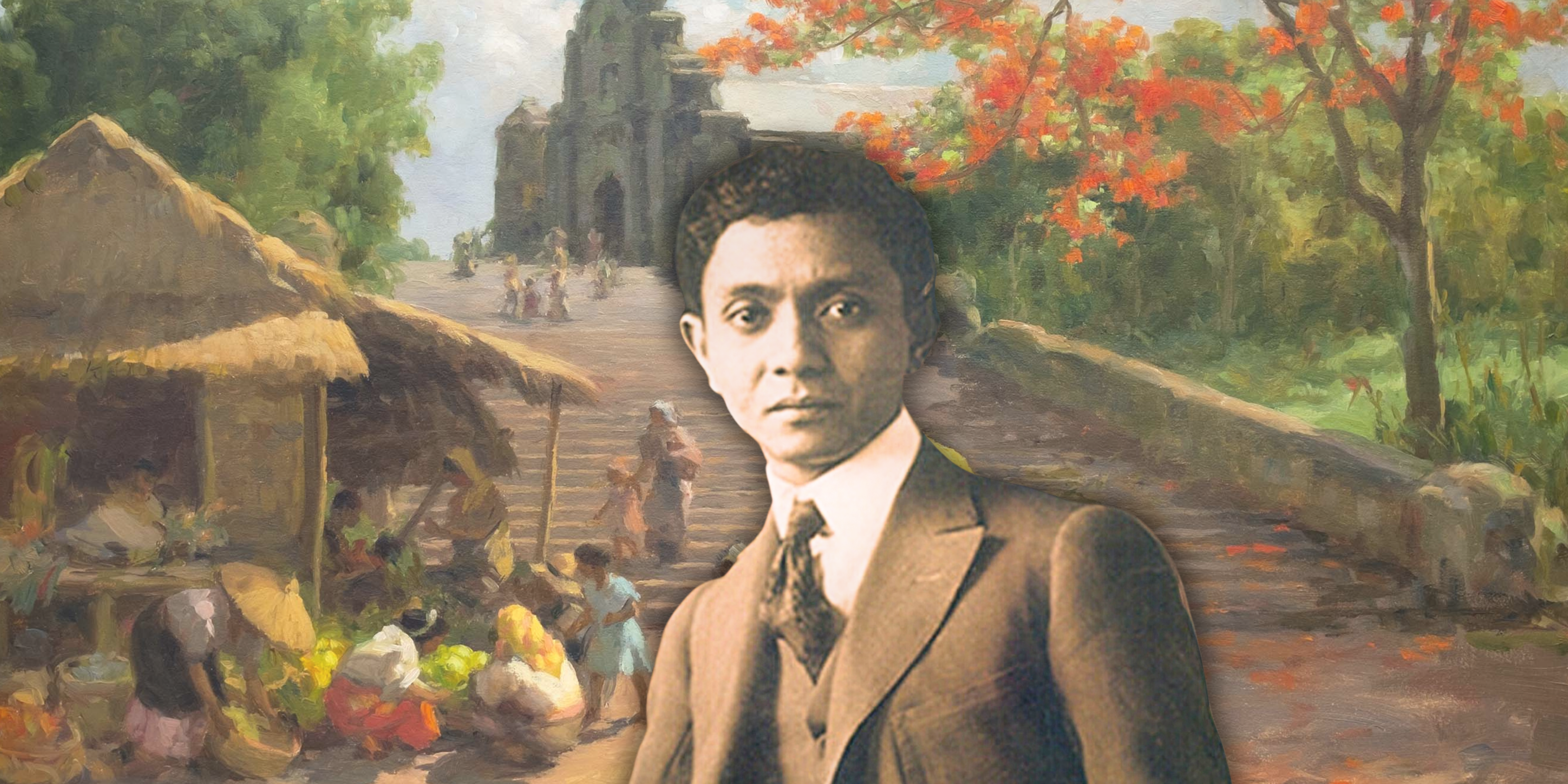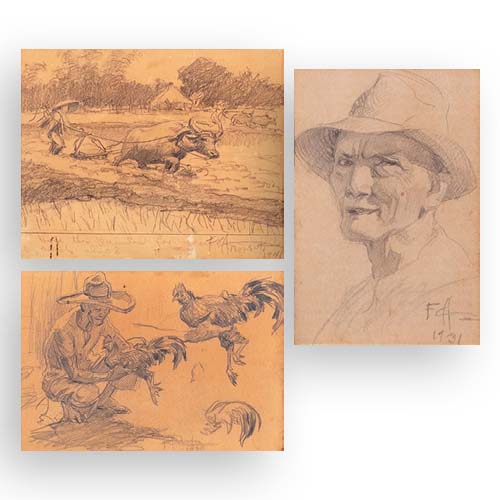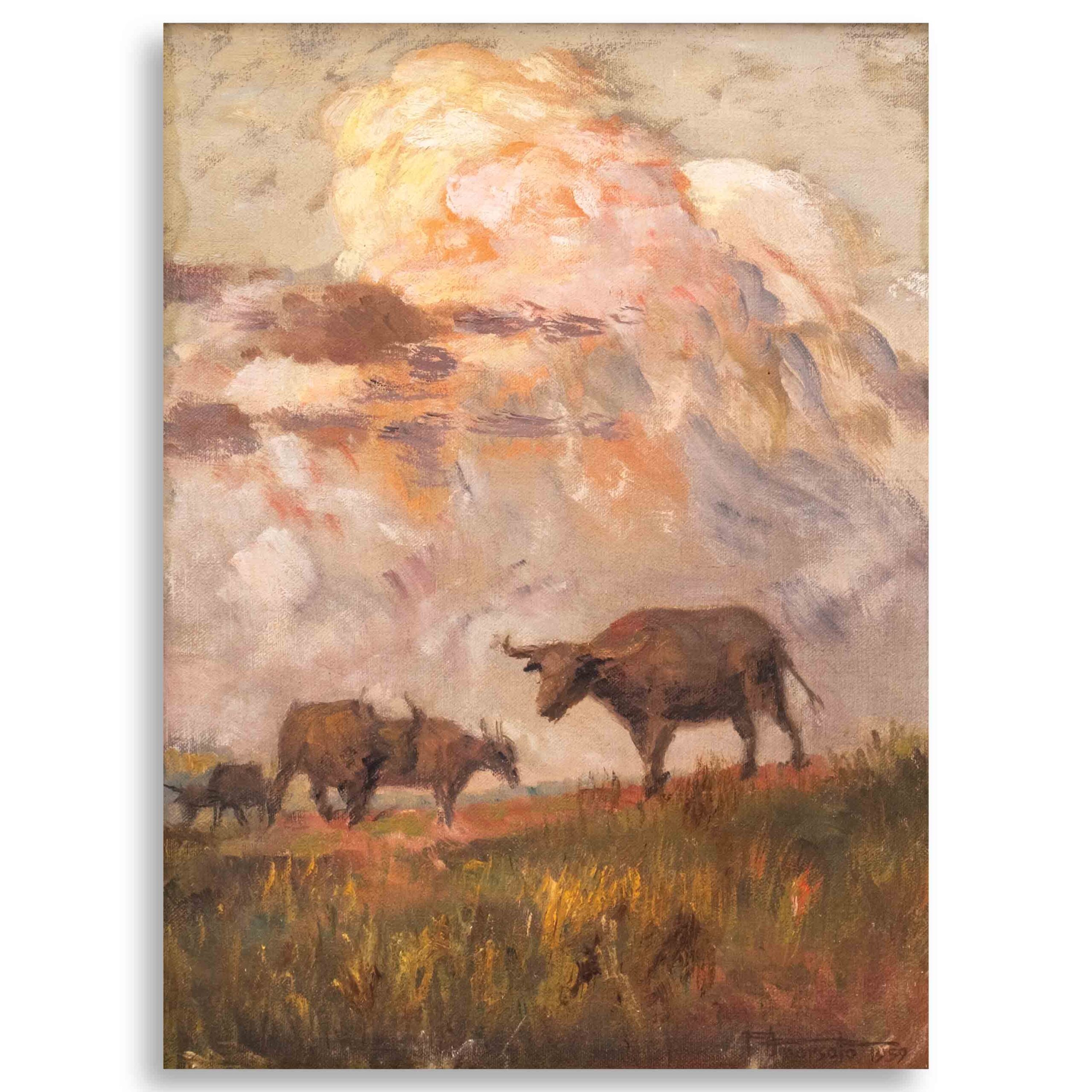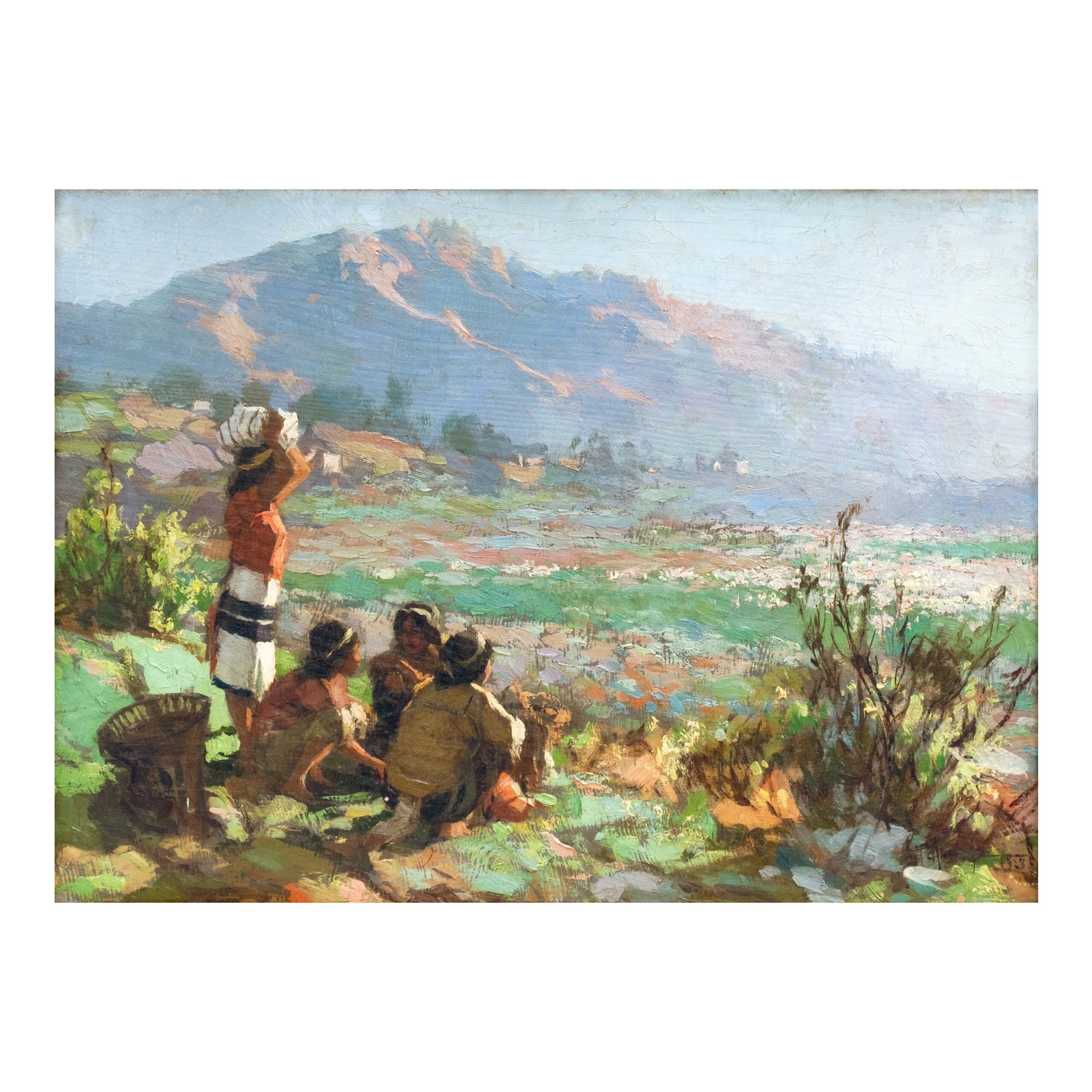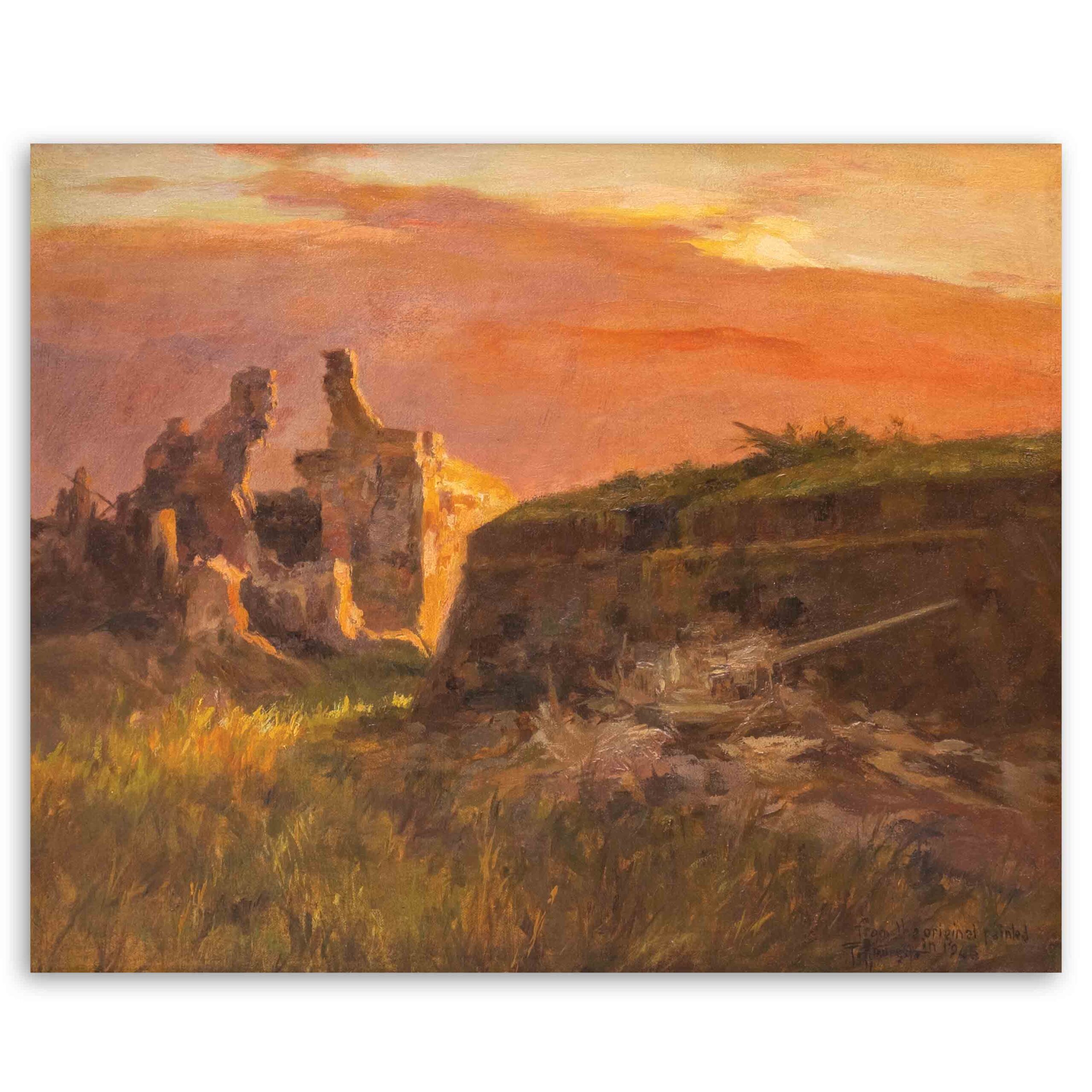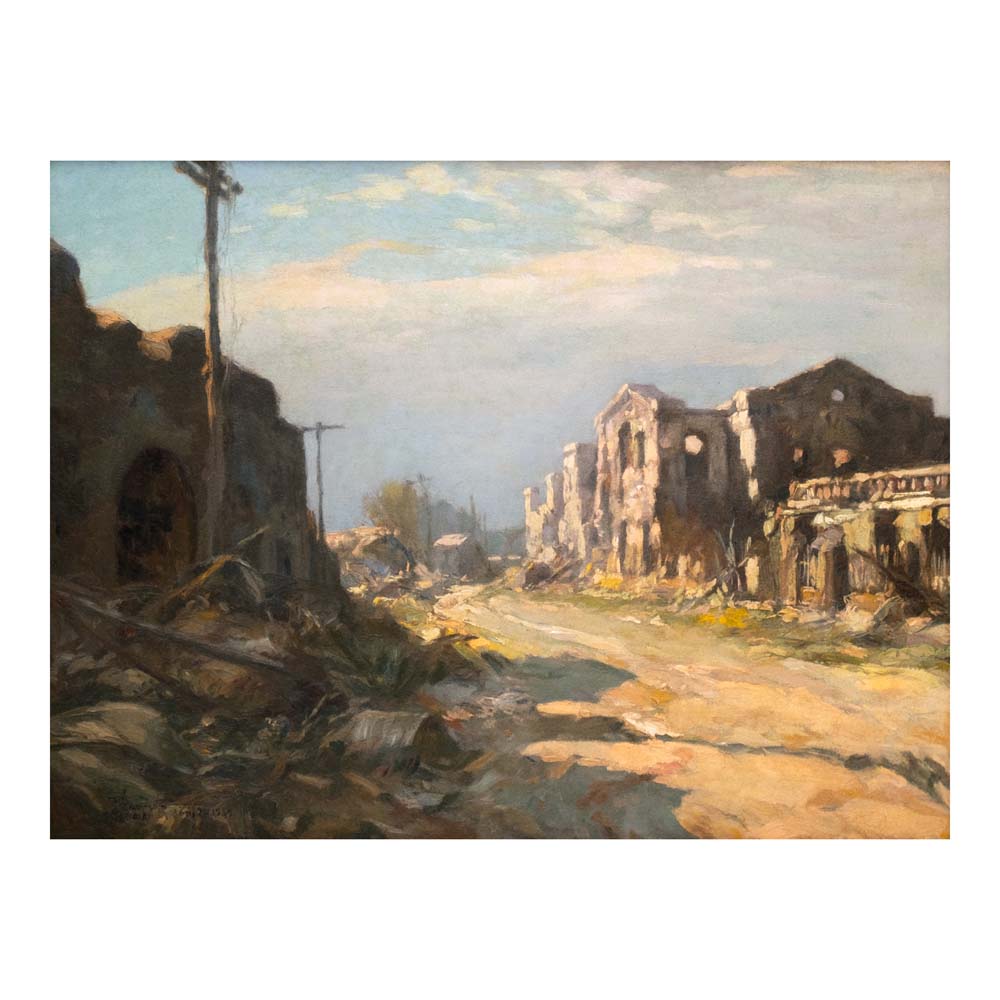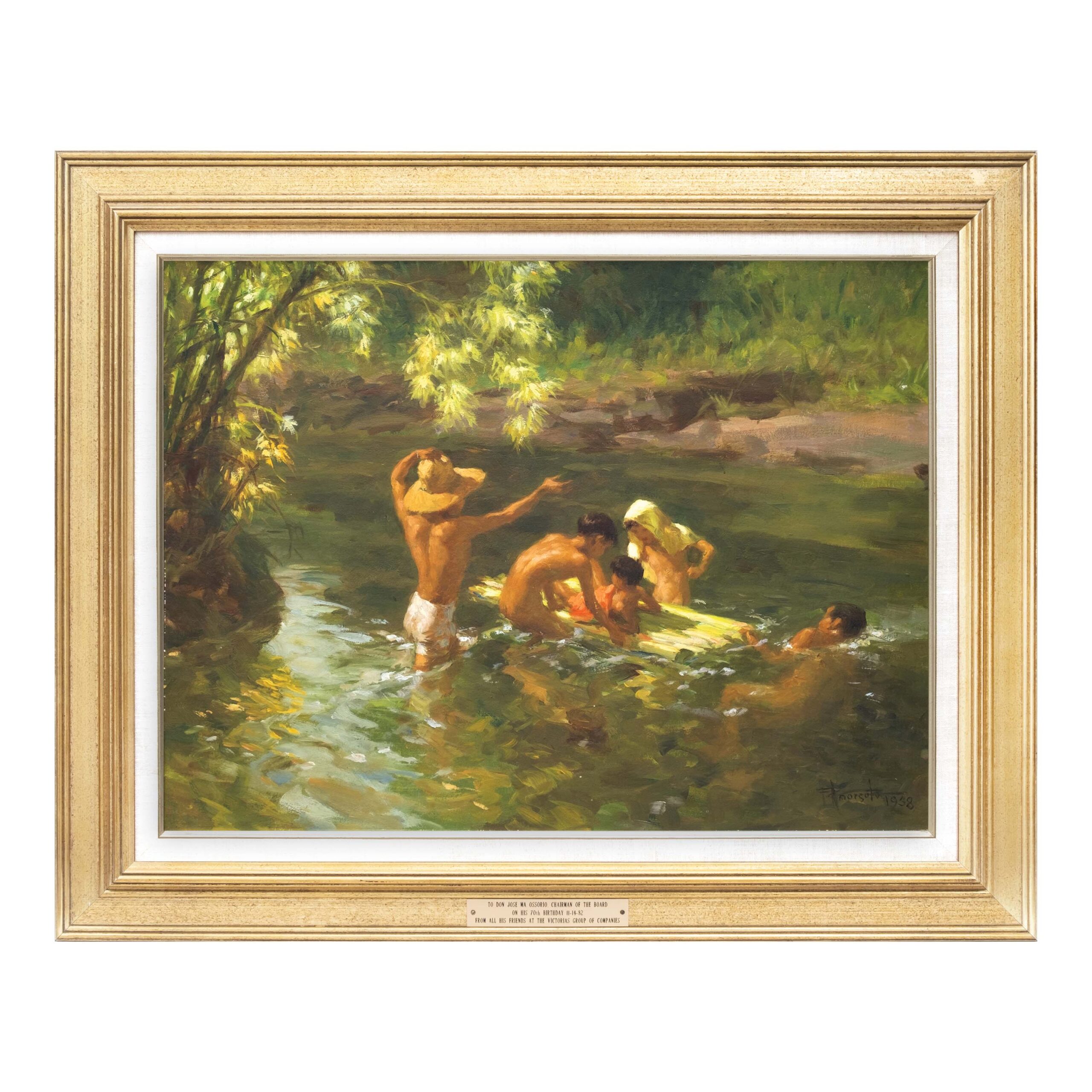Shedding light on Fernando Amorsolo’s provincial roots to his rise as the master of sunlight
The languid, light-filled paintings of Fernando Amorsolo are familiar to Filipinos. But what do we really know about the artist?
The first-ever national artist of the Philippines for painting, Amorsolo is known for radiant, breathless compositions of the countryside where the artist accentuates a Philippines that is realistic yet idealistic. If a painting were worth a thousand words, Amorsolo’s complete oeuvre expands to about 10,000 paintings and the relative amount of words, as he went beyond pretty pictures of the countryside to dramatic renditions of war and patriotic depictions of the Cordilleran people.
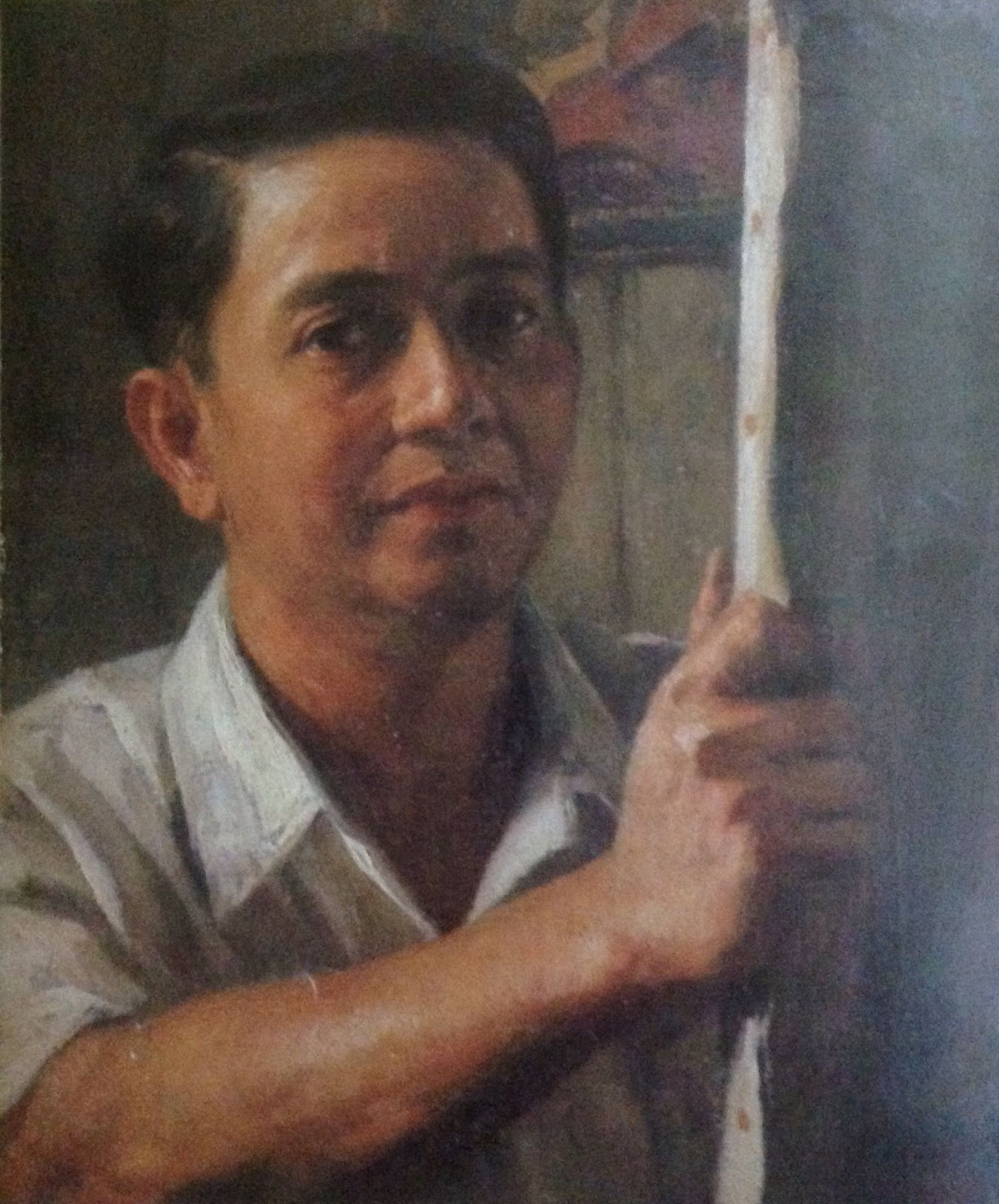
It’s common trivia that Amorsolo designed the first-ever Ginebra San Miguel logo of Michael the Archangel. But few know that he was painfully shy. The artist is also lauded by art conservators for his skill with extremely precise brush strokes, and paint that was sparingly applied, demonstrating how the artist made few mistakes and had fewer need for layers to cover up these mistakes.
The artist’s childhood was spent in provincial farms, which are to credit for his sincere, genuine, authentic renditions of pastoral views. Often hailed as the “Painter of Philippine Sunlight,” Amorsolo is an undeniably influential figure in Philippine art history, whose life and work are continuously celebrated today.
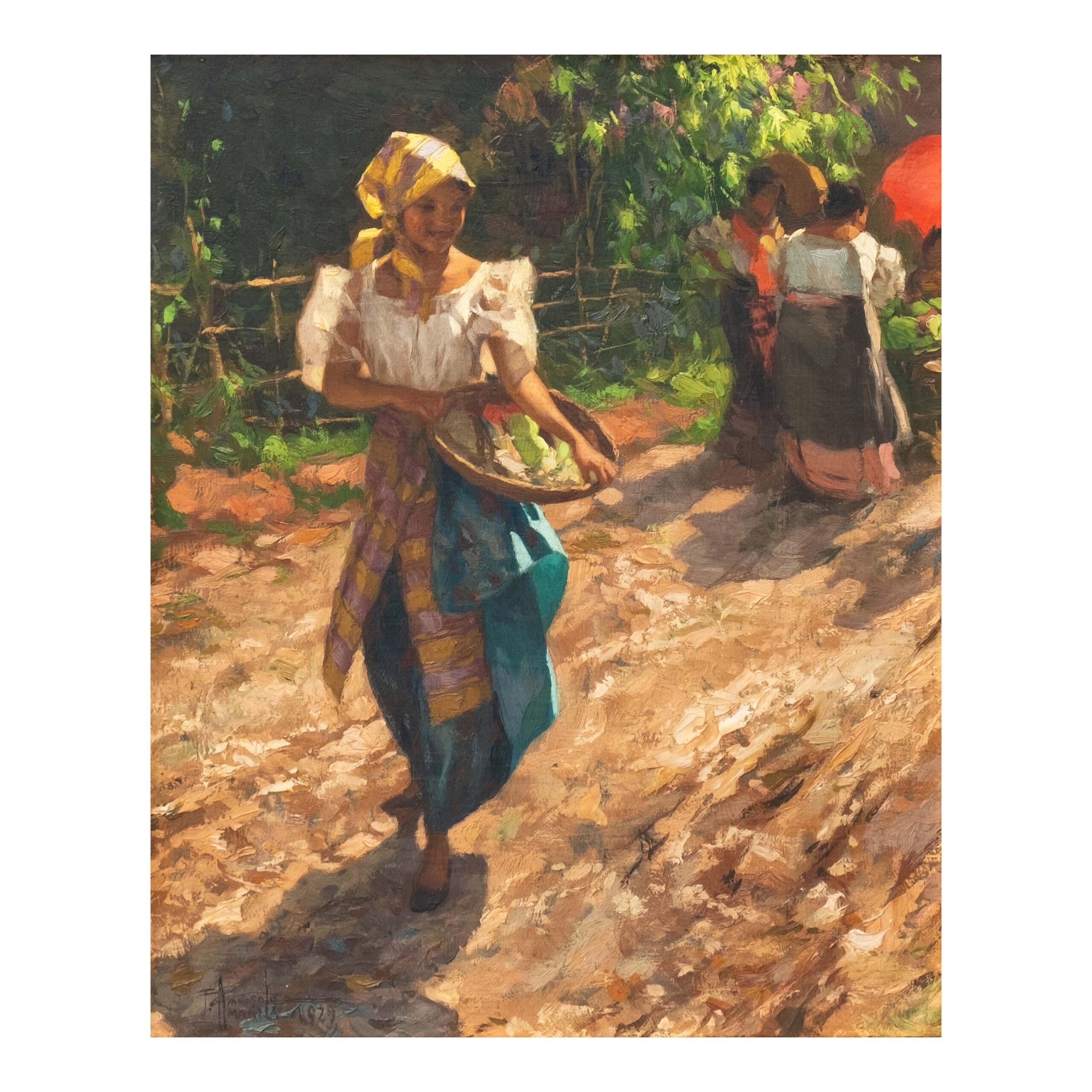
READ: Highlights of León Gallery’s The Magnificent September Auction 2024
Early rural life and apprenticeship
Calle Herran may be a familiar name to older generations, as the former acacia-lined location of the first Assumption school. But it is also here where Amorsolo was born on May 30, 1892.
At only seven months, his family moved to Daet, Camarines Norte, where his father worked as a bookkeeper for abaca firms. However, tragedy struck when his father passed away at 11 years old, forcing the family to return to Manila. There, his mother took up embroidery to support the family.
It was also around this time when a 13-year-old Amorsolo became an apprentice to Fabián de la Rosa, a cousin of his mother, and a master in Philippine art.
Even as a young child, Amorsolo would draw constantly. In Daet, the budding artist would go off by himself near the sea to sketch the passing ships. His mother would send her drawings to de la Rosa.
Amorsolo’s daughter Sylvia Amorsolo-Lazo quotes her father, saying, “I cannot remember a time when I didn’t want to draw or paint.”
This early guidance by a close relative and talented mentor coupled with Amorsolo’s innate talent set him on the path to greatness.
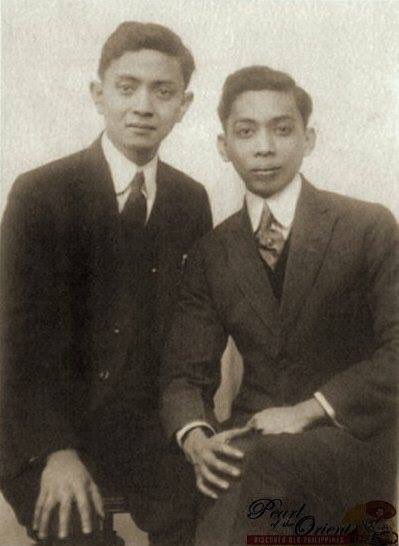
With limited means for formal art education, de la Rosa’s protégé sold his sketches to pay for school and despite all the hardships, graduated with honors in 1914 as part of the first graduating class of the University of the Philippines School of Fine Arts. Recognizing the artist’s hard work and innate talent, Amorsolo was given a job as a professor at the university.
Rise as an artist
When Amorsolo designed the Ginebra San Miguel gin logo, Enrique Zobel de Ayala, the owner of the beverage company, recognized his potential and sponsored Amorsolo’s further studies at the Real Academia de Bellas Artes de San Fernando in Madrid. But to their surprise, the artist was instead asked to be a professor at the school.
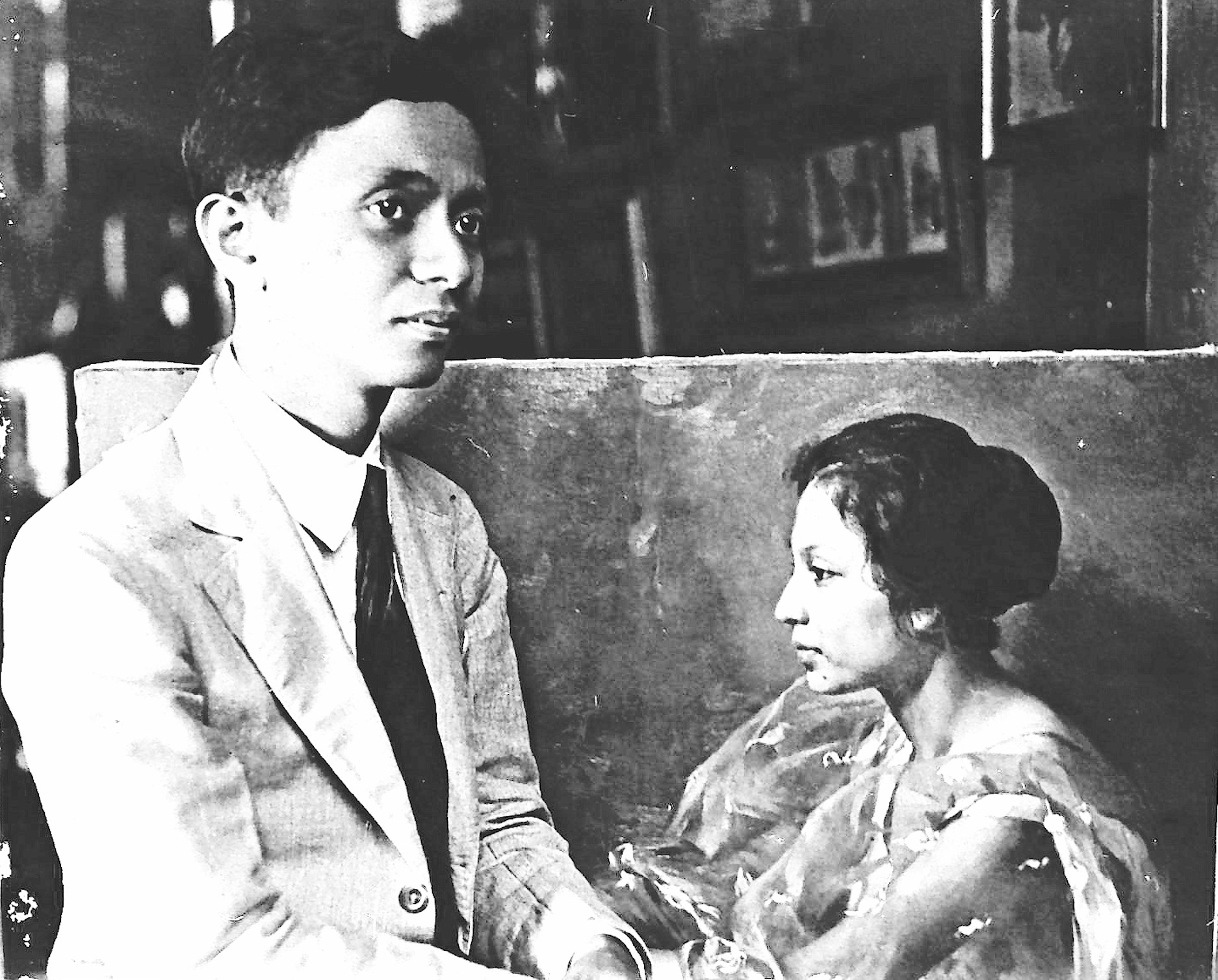
Amorsolo was extremely shy and reserved. In Madrid, the university held a banquet to celebrate his acceptance. But Amorsolo, in his nervousness, escaped and hid in his hotel room until employees from the school urged him to return. This was a common trend in his career, as the artist was averse to society or public events and preferred to stick to his studio practice.
During his time in Madrid, Amorsolo studied the works of Joaquín Sorolla and Diego Velázquez, whose painterly style would later be a major influence for Amorsolo, emulating their use of light and shadow.
Upon his return to the Philippines, Amorsolo began to develop his distinctive style even further, characterized by his unique treatment of light and his affectionate portrayals of rural Philippine life.
The apex “Golden Period”
In the Philippines, he had become a household name. His work was popular for its airy, bright depictions, very different from the darker portraits that were more common at the time. Many Filipino society women and businessmen as well as American servicemen commissioned portraits with the artist.
It is also notable that despite living during colonial rule—from the Spanish to the American occupation, he strictly depicted scenes, traditions, and cultures distinct to the Filipino experience.
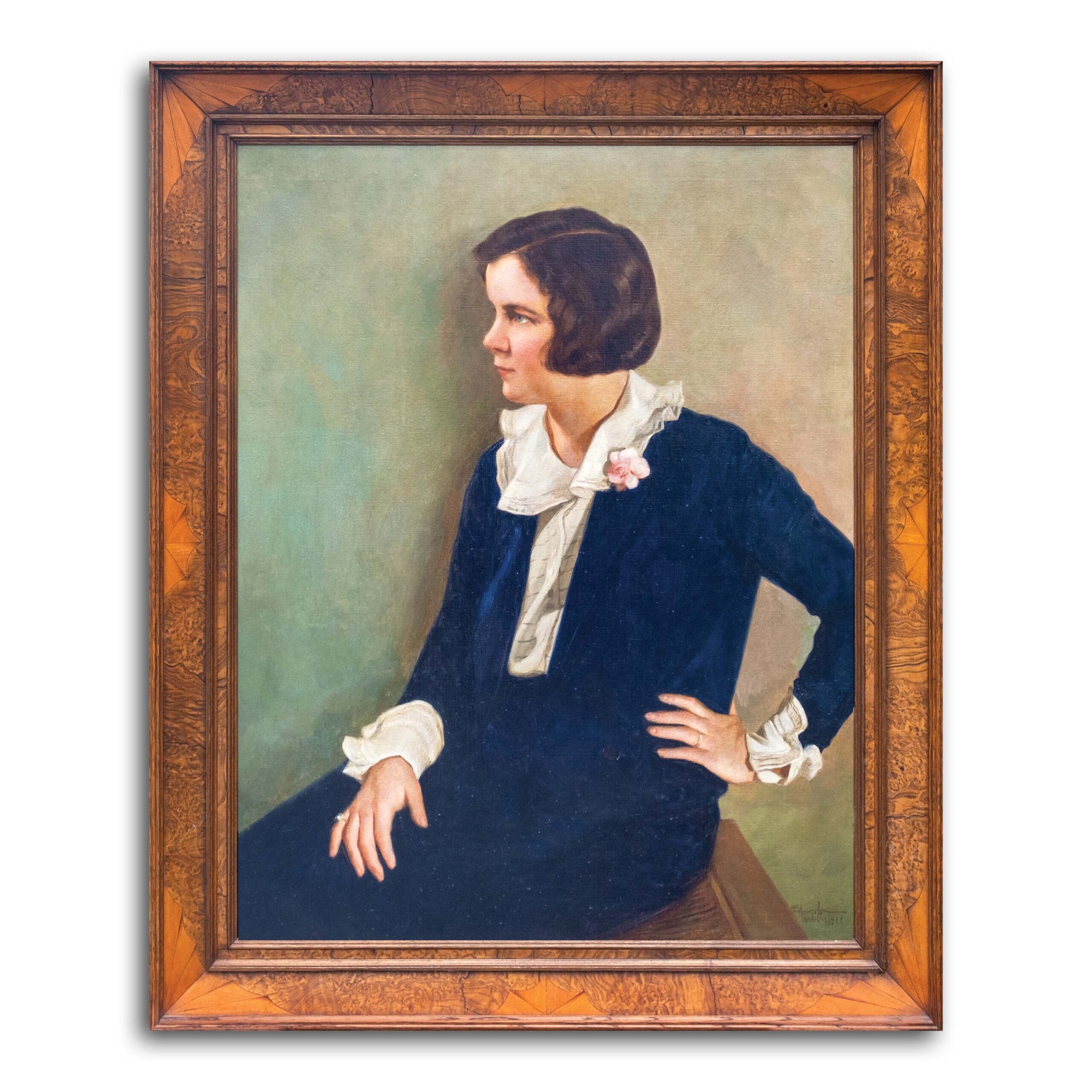
His paintings often portrayed happy fiestas and rural scenes, with local churches in the background. On the canvas, male figures would farm, donning salakot hats, while women would pick mangoes and carry baskets of their harvest. The “Painter of Philippine Sunlight” was true to his given moniker, with works characterized by their clarity and brightness.
The year 1929 marked the beginning of what is considered Amorsolo’s golden period. During this time, his mastery of light and shadow reached new heights, and his portrayals of rural Philippine life became increasingly iconic. His paintings from this era are characterized by their luminous quality, capturing the warm, golden sunlight of the Philippines in a way that seemed to make his canvases glow from the inside out.
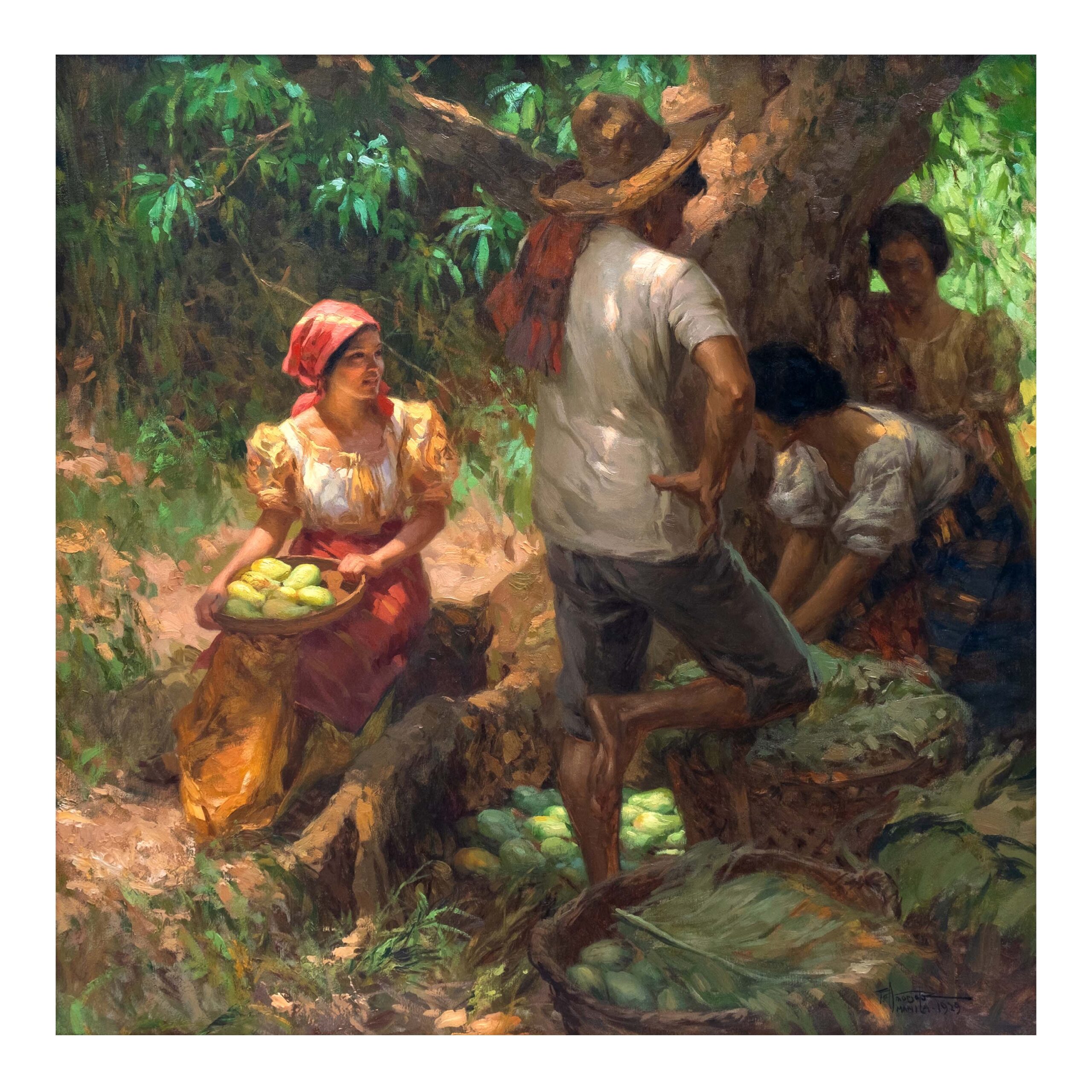
Amorsolo’s works from this period exemplify the artist at the peak of his career, such as the long-lost 1929 piece “Under the Mango Tree” featured in Leon Gallery’s The Magnificent September Auction.
With a starting bid at P18,000, the three-sq. ft. painting shows figures gathering under the mango tree. They appear relaxed and at ease while in conversation at manual work. The sunlight is directed intentionally on the young girl’s sweet face, who looks beyond the frame. Amorsolo’s daughter, Lazo, says, “I consider this as a masterpiece among the same painting compositions. The way I see it, all his styles in painting are there. The impasto [is] detailed… a simple stroke will define the contour of the anatomy.”
Among the remarkable 15 lots by Amorsolo at The Magnificent September Auction, this one is likely to break important auction records at León Gallery.
READ: The most expensive Filipino artworks ever sold on auction
Apart from his pleasant rural scenes, Amorsolo would often paint the noble tribes in the north, after being commissioned by American mining executives. His daughter reminisces that he would travel to Baguio for only a few days but would “take advantage of those short stays by painting on the spot and in the open air.” In this period, Amorsolo captured the breathtakingly lush Cordillera landscape and the native people who lived there.
Depictions of war
While Amorsolo was criticized for seemingly idealizing the world with his vibrant paintings, the artist’s personal life was also wrought with tragedy and the darker complexities of life.
As a young boy, his half-brother Perico was executed by the Spanish. His own father died of a heart attack at a young age. His younger brother Pablo, who was also a successful artist, was also killed during World War II by Filipino guerillas after being accused as a Japanese sympathizer.
During the Japanese occupation, Amorsolo’s work took on darker tones, reflecting the grim realities of war yet never abandoning his signature element of light.
Throughout World War II, Amorsolo and his family continued to live in the Japanese-occupied city of Manila. As he dealt with the economic struggles endured during war, Amorsolo continued to paint landscapes, still infusing the environment with his distinct sense of light despite the bombed landmark buildings and blood-red skies.
**
Post-war, Amorsolo returned to flourishing in his rudely interrupted career. He continued to create his lovely pastoral scenes of the countryside as well as portraits.
The artist was a recipient of many awards along the way, such as a gold medal in 1959 from the UNESCO National Commission. He also finished an honorary doctorate in humanities from Far Eastern University.
Amorsolo was posthumously named the first National Artist of the Philippines in 1972, just four days after his death.
READ: Understanding the art of auctions with León Gallery’s Jaime Ponce de Leon
The mother of Philippine modernism Purita Kalaw-Ledesma wrote about the artist’s significance: “Some of his paintings were reproduced in colored calendars of the Insular Life and the Filipinas Compania de Seguros. Through this means, many people in the provinces and even in Manila were able to appreciate good painting, where otherwise they would never have been exposed to this art. Thus, painting became synonymous with the word ‘Amorsolo…”
“Every man has his place in the sun. To my mind, Amorsolo’s contribution was his vision of the Philippine sunlight and landscape, and his portrayal of a happy era long gone (or maybe of one which had never existed), which we could look back to, when things look very bleak, as having been so once upon a time.”

With great talent nurtured by unwavering determination, the work of the national artist is a reflection of the brightness of the national spirit that, through paint, illuminated the beauty and simplicity of everyday Filipino life.
All photos of paintings are credited to León Gallery.
Leon Gallery’s The Magnificent September Auction 2024 will take place on Sept. 14, 2024, Saturday at 2 p.m.
The preview will be held from Sept. 7 to 13, 2024, between 9 a.m. and 7 p.m. at G/F Eurovilla 1, Rufino Corner Legazpi Streets, Legazpi Village, Makati City, Metro Manila, Philippines.
For more information, visit https://leon-gallery.com/, email info@león-gallery.com, or call (632) 8856-2781.

